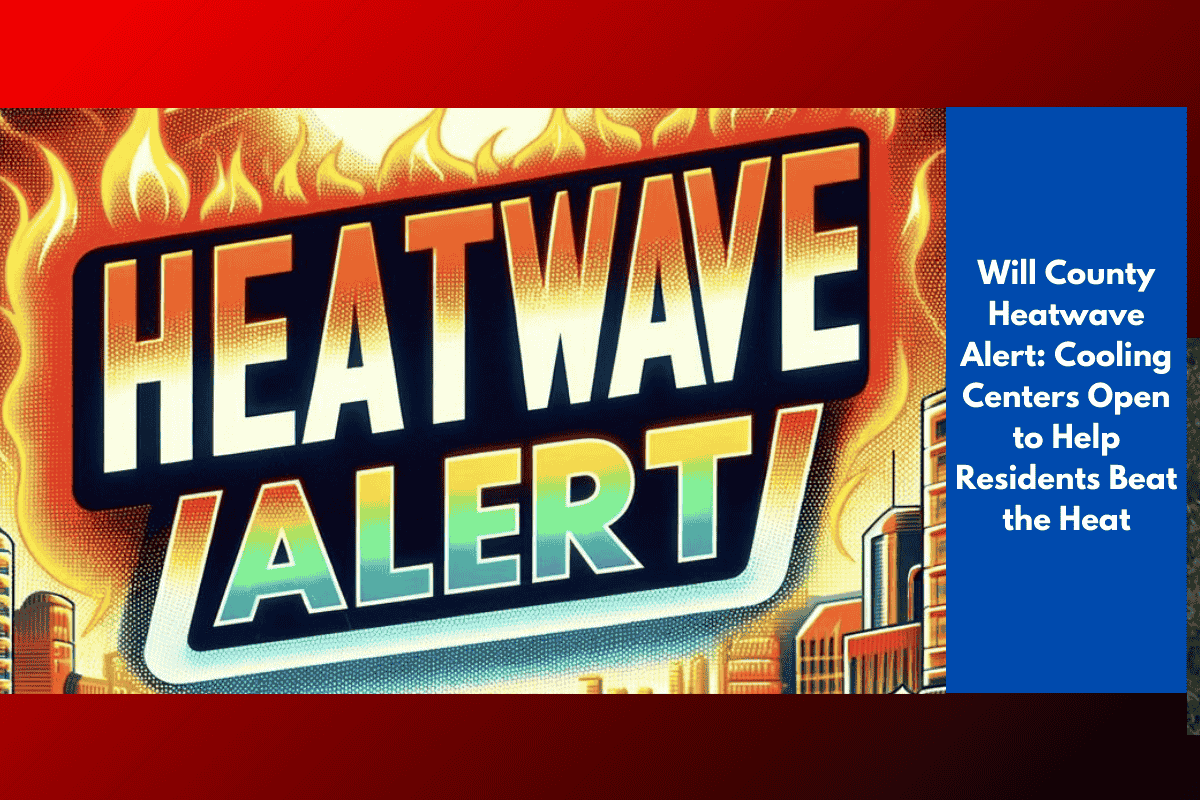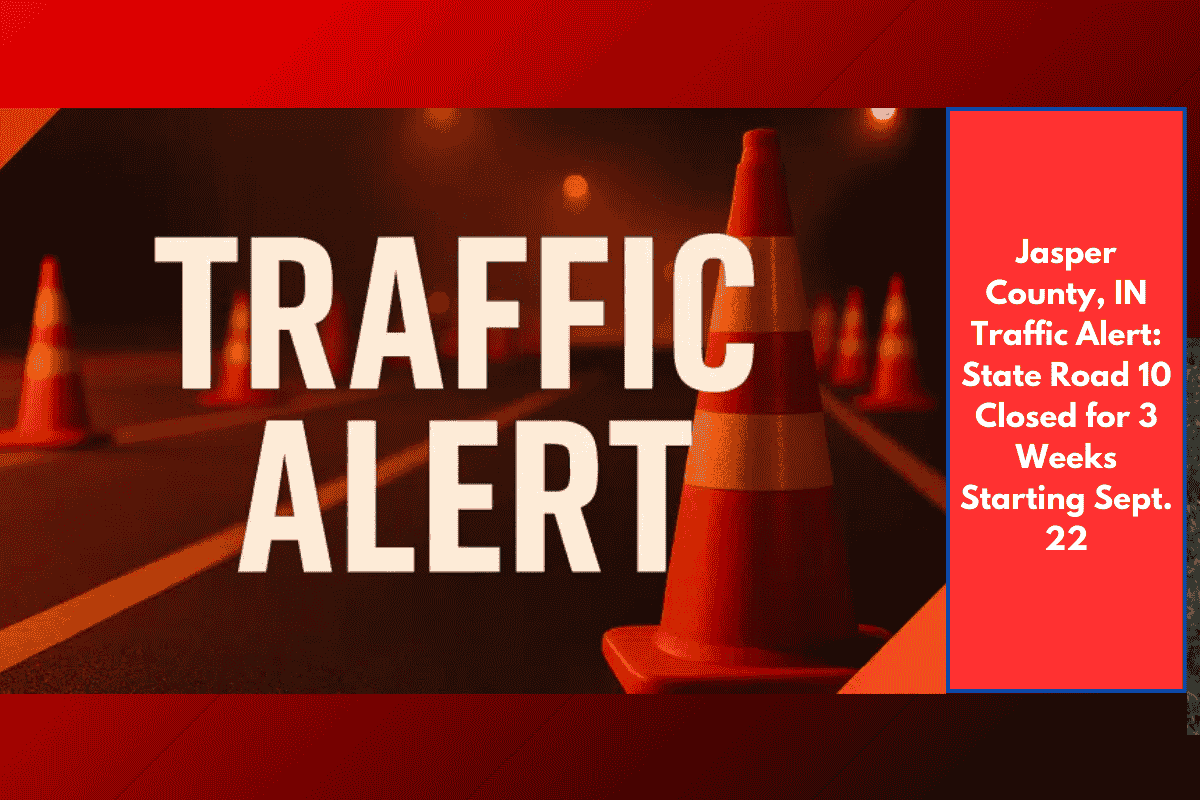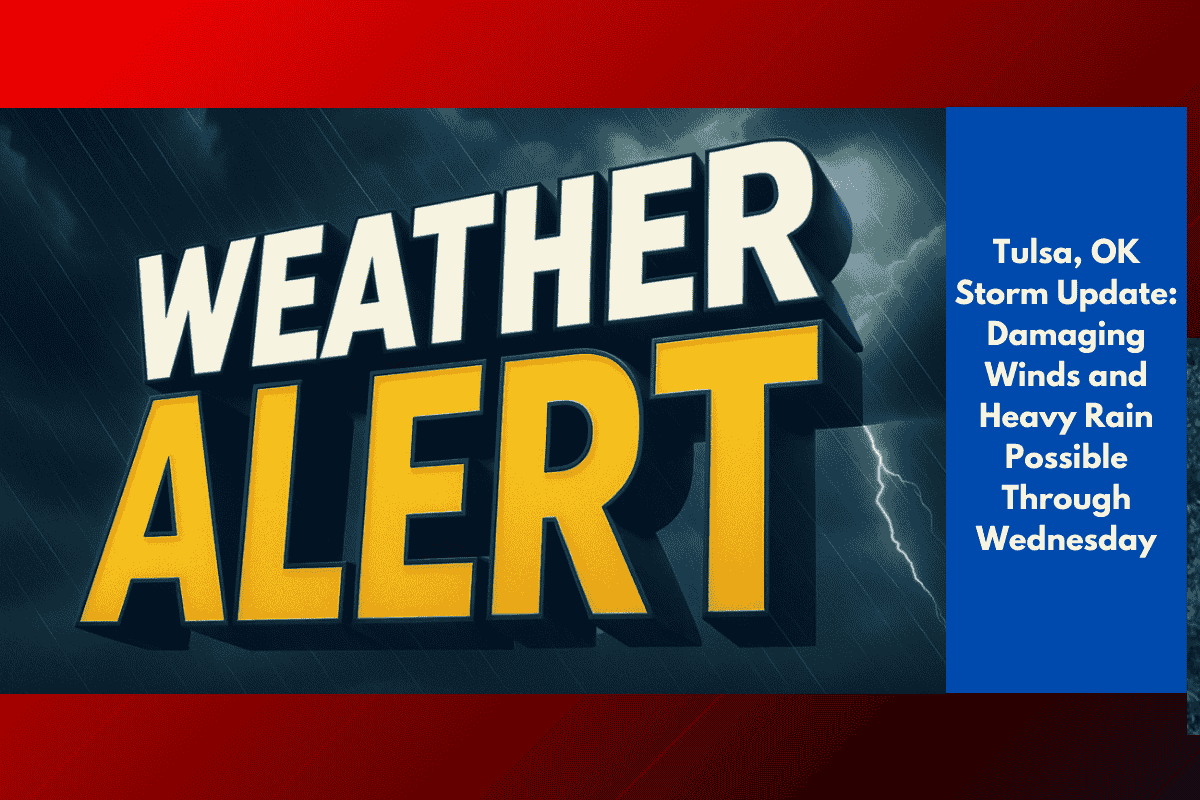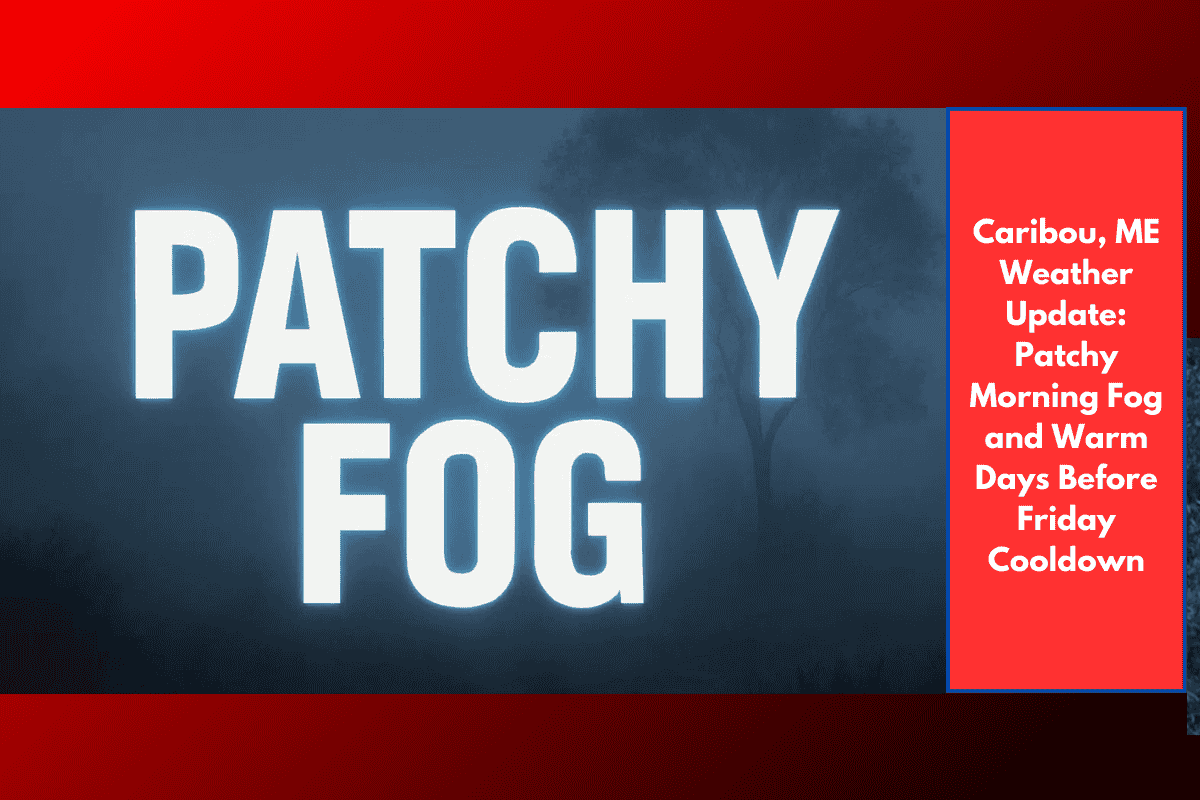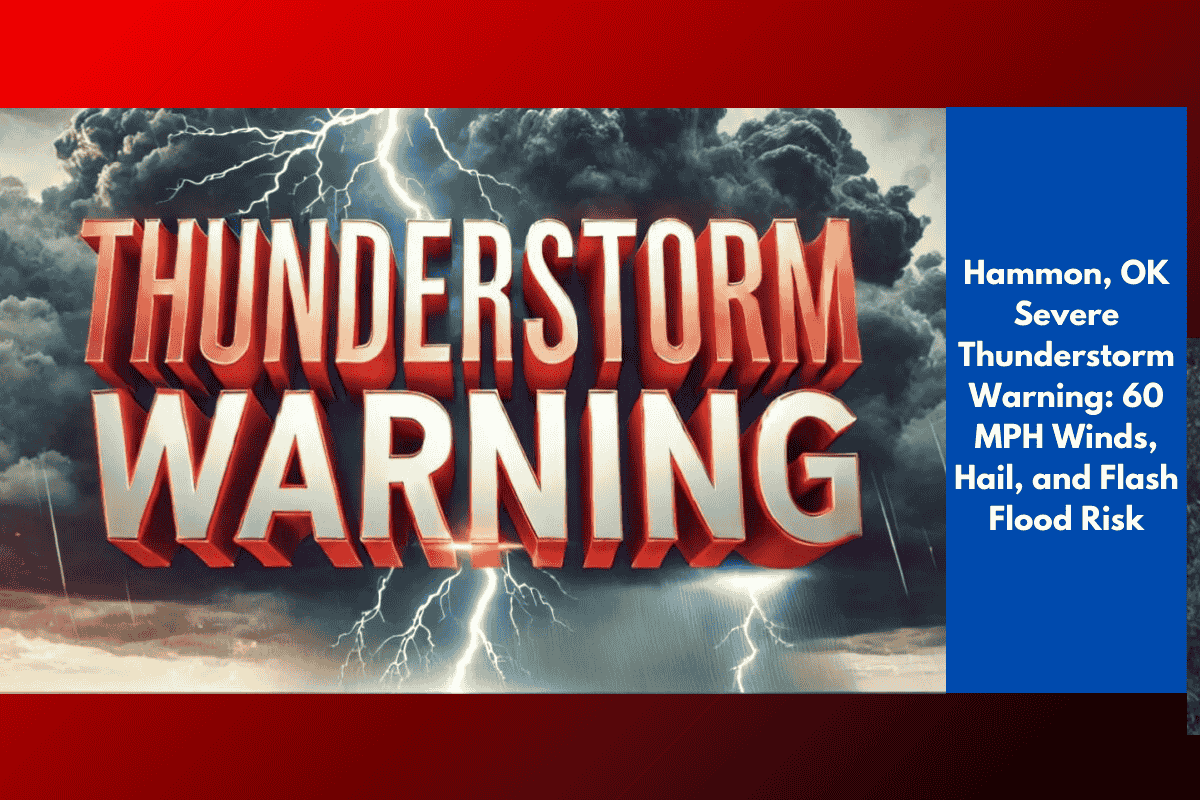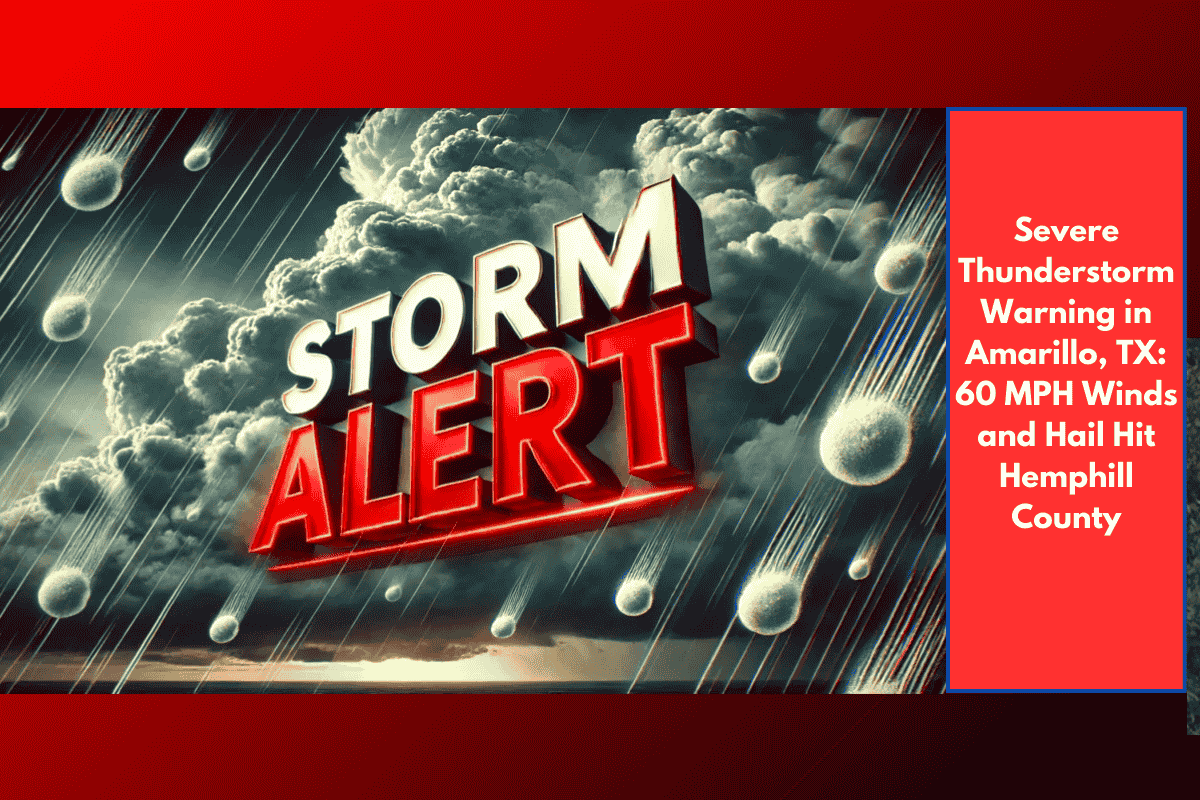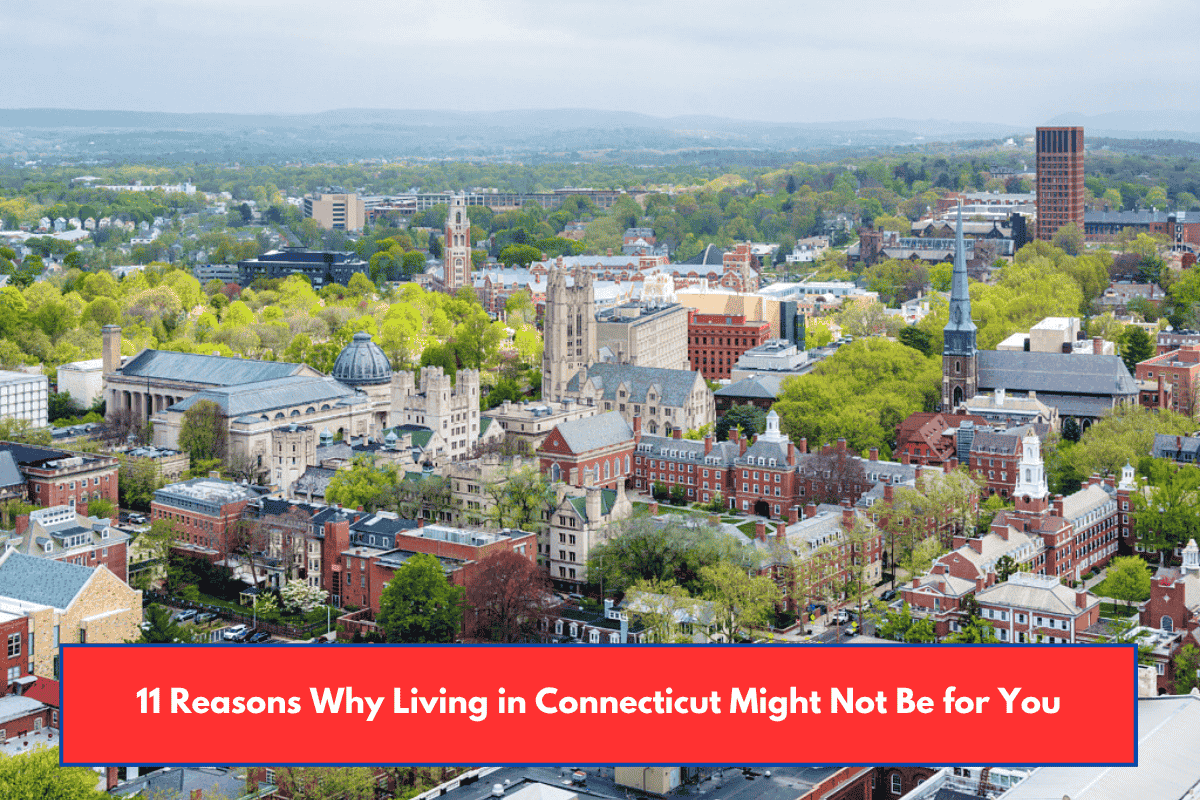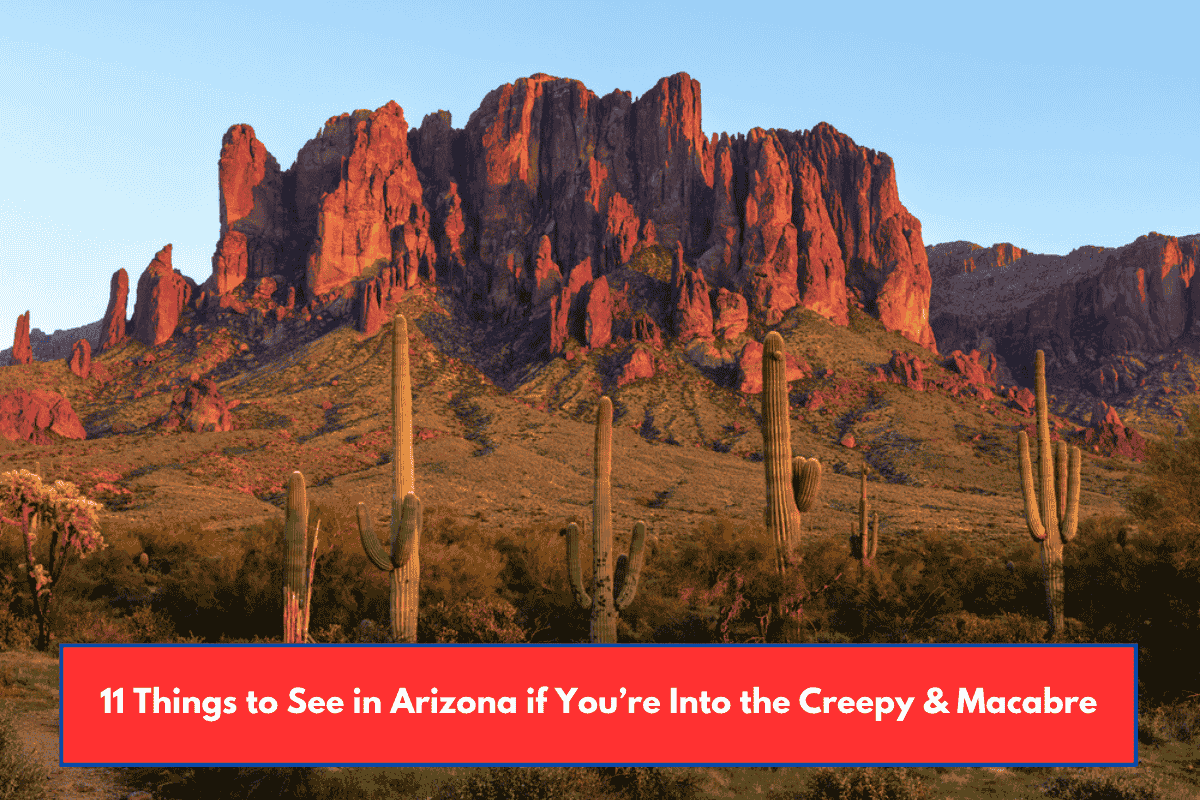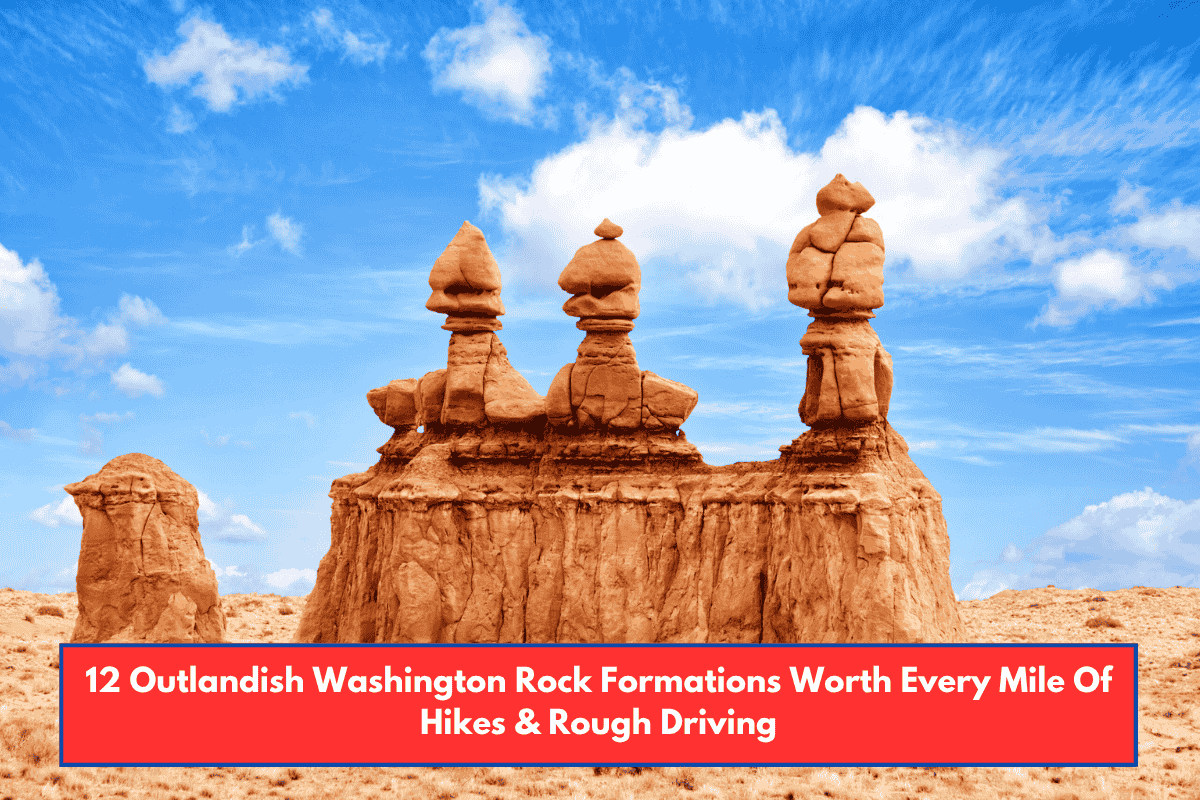Skywatchers in the Pacific Northwest are in for a rare treat this Labor Day evening, as a powerful solar storm is expected to bring the northern lights over Washington, Oregon, and nearby areas. If skies stay clear and you’re away from bright city lights, you could catch a colorful aurora show after sunset.
What’s Causing the Northern Lights Tonight?
Earlier today, the National Oceanic and Atmospheric Administration (NOAA) confirmed that a coronal mass ejection (CME) from the sun reached Earth’s magnetic field just before 5 p.m. EDT. This event, which was first detected nearly 1 million miles from Earth, has triggered G2 to G3-level geomagnetic storm watches.
That level of solar activity is strong enough to push aurora borealis visibility much farther south than usual, including across the northern U.S., with promising chances in Washington and Oregon.
Where and When to See the Aurora
If you’re hoping to spot the northern lights tonight, here are the key details:
Best time to watch: Start looking just after sunset and continue checking through the overnight hours.
Best places to watch: Go to rural or high-altitude areas far from city lights. The darker your surroundings, the more vivid the lights will appear.
Which direction to look: Face north, and try to get a wide, open view of the sky.
Places like Mount Rainier, the Oregon Coast, Olympic Peninsula, and rural parts of Eastern Washington and Oregon could offer especially good views, depending on cloud cover.
Why This Event Matters
While the northern lights are a regular feature in the Arctic and northern Canada, they are rarely visible this far south. The timing on Labor Day night makes the event even more special, giving families and skywatchers a chance to wrap up the holiday weekend with a unique natural show.
NOAA reports that the intensity of the auroras depends on the magnetic field’s orientation. If it points southward, the geomagnetic storm could grow stronger, making the lights brighter and more widespread.
Any Expected Disruptions?
According to NOAA, the geomagnetic storm may cause minor interference with:
Satellite communications
GPS navigation systems
However, these effects should be limited, and the focus remains on the spectacular sky show expected overnight.
Stay Updated in Real Time
Aurora visibility can change quickly depending on local weather and space conditions. To track the latest updates and live forecasts, visit:
They offer real-time tracking maps and alerts for aurora activity in your area.
This Labor Day could end with a sight you’ll never forget. Whether you’re relaxing in the backyard or heading to a nearby lookout point, tonight’s northern lights display could be one of the best chances to see the aurora in the Pacific Northwest. So grab a jacket, find a dark spot, and look up—you might just catch nature’s most stunning light show.



